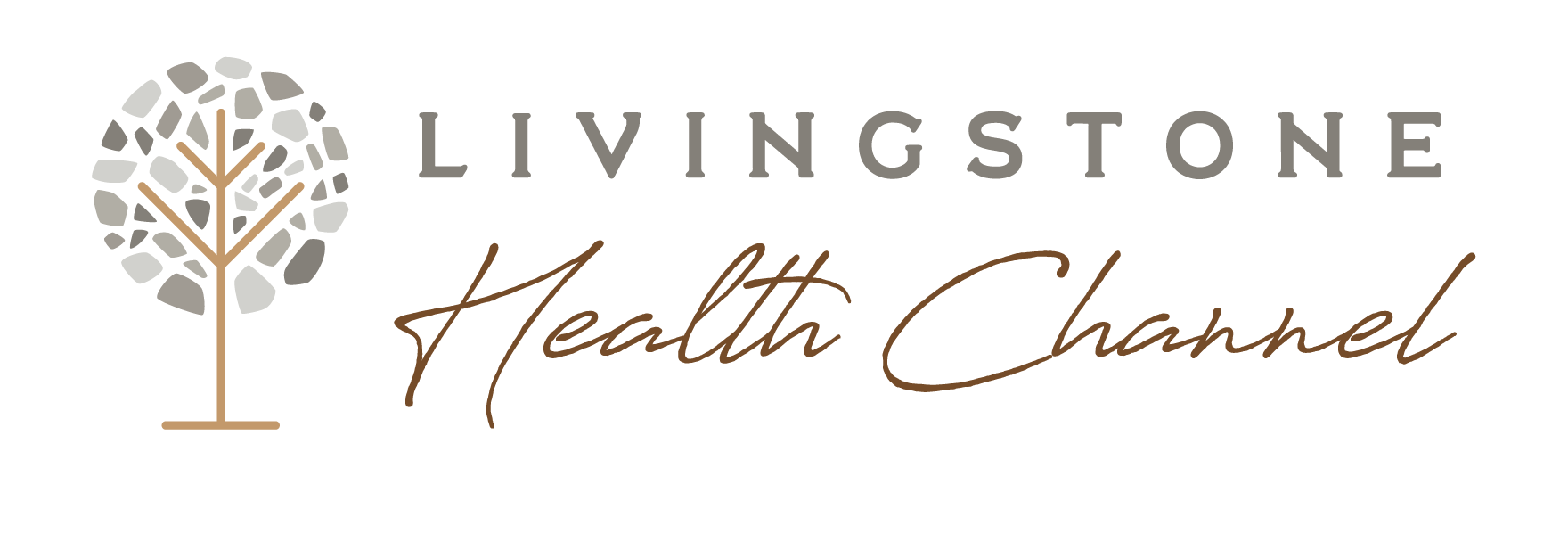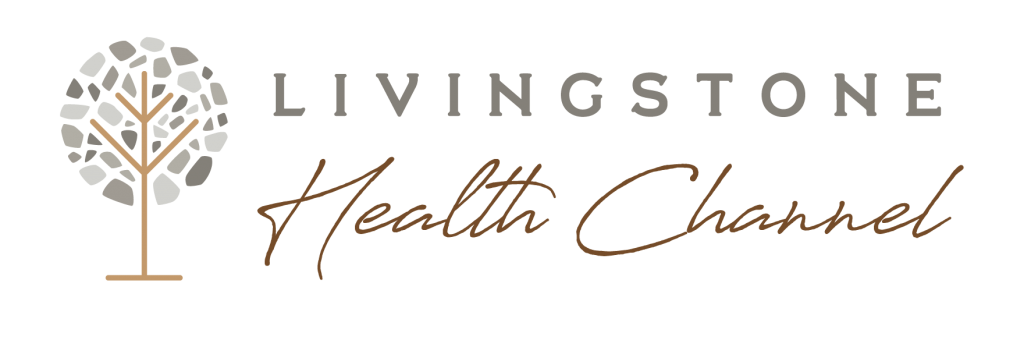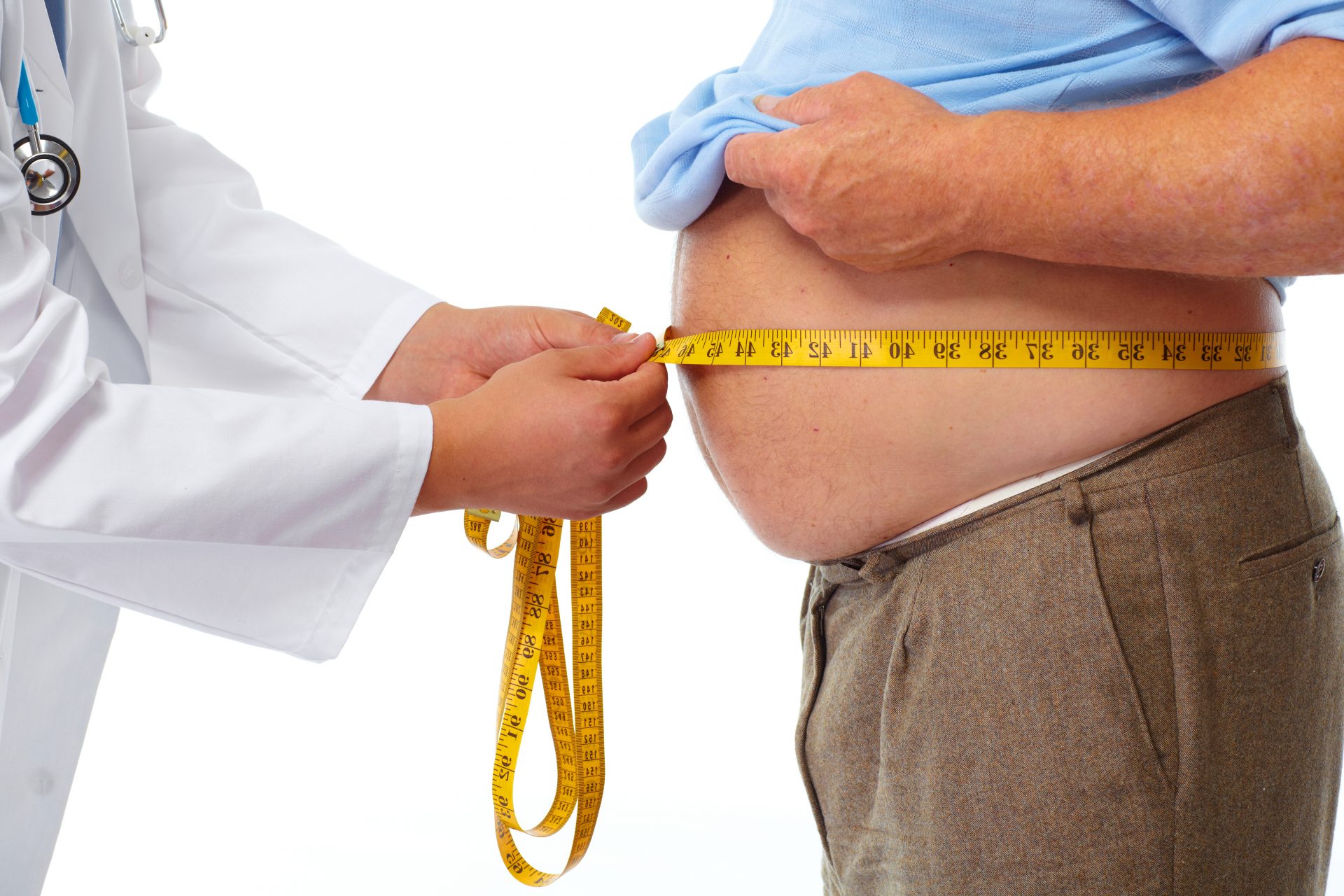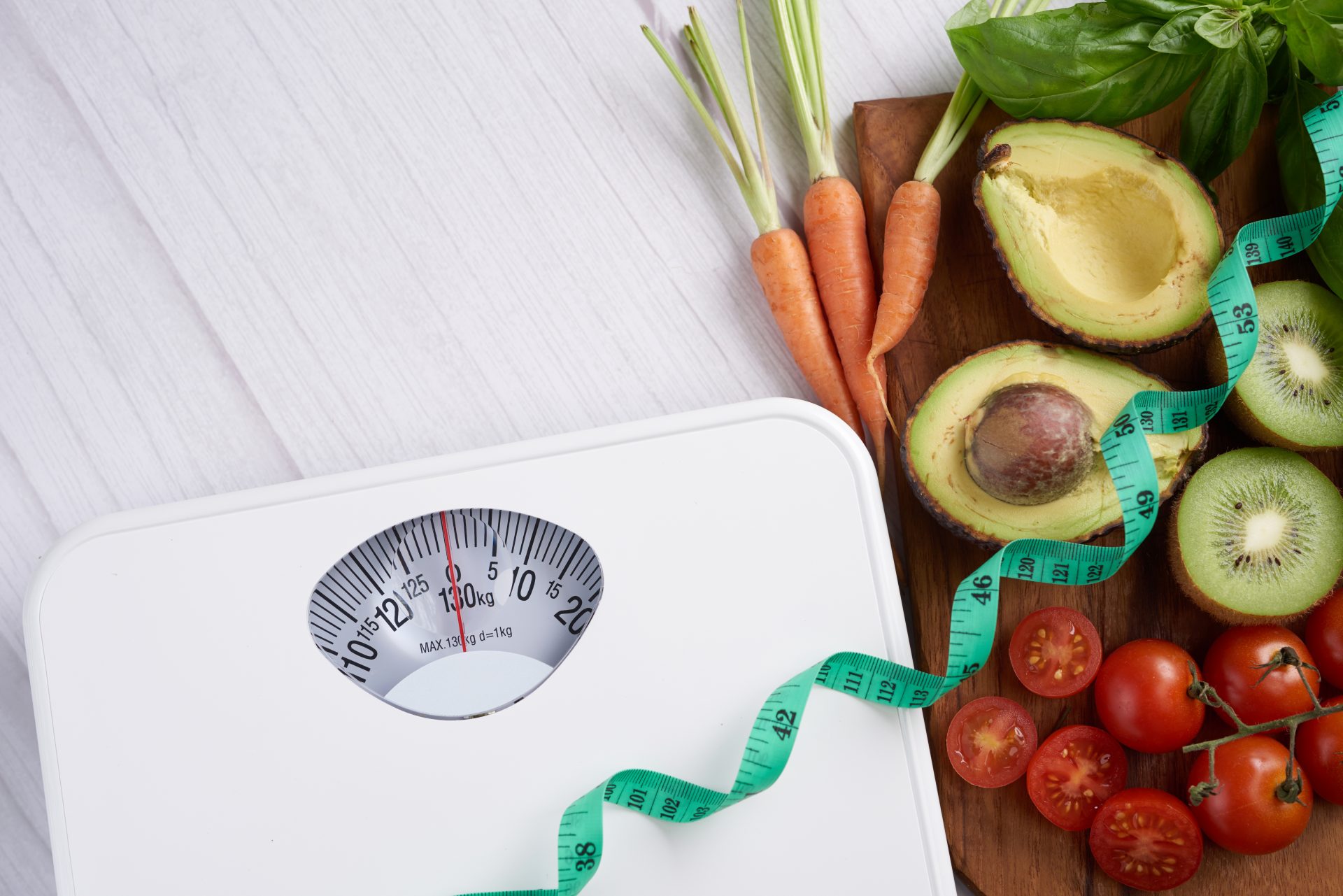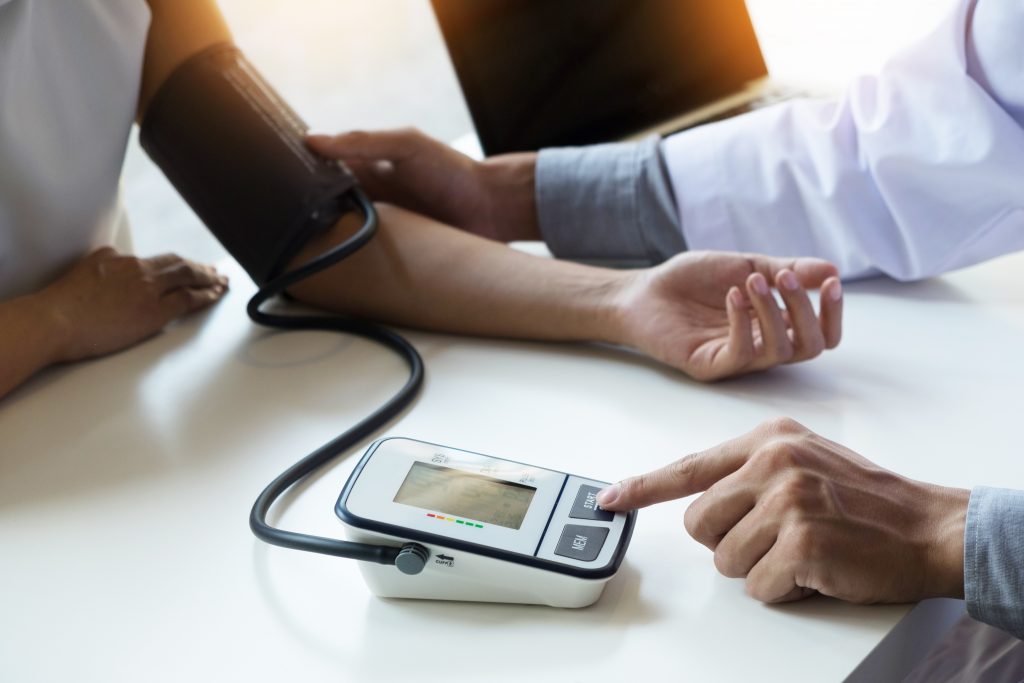
Cholesterol - The Good, The Bad, The Ugly

Cholesterol - The Good, The Bad, The Ugly
- March 24, 2022

Dr Angela Foong
FAMILY PHYSICIAN
Phoenix Medical Group
Dr. Angela Foong is a family medicine doctor with more than 15 years of clinical experience.
- Family medicine
- Reading Time: 6 minutes
- chronic disease, lifestyle
Share with others
We have been primed to think of cholesterol as something to be shunned. But as always, the truth is just a bit more complicated than that. Does cholesterol truly deserve the bad rap it has developed over the years?
Mention the word “cholesterol”, and one might immediately conjure up images of fried food, clogged arteries and individuals living life on the verge of a potential cardiac event. Indeed, given the role that cholesterol plays in precipitating heart disease, it is only natural that we view it in such a negative light.
Cholesterol – An Essential Biomolecule
Cholesterol, at its very core, is a waxy, fat-like compound produced largely by the liver. Though seemingly unassuming, this tiny biomolecule sees use in a myriad of crucial bodily functions.
Chiefly, it serves as the mortar in our cell membranes. Each cell membrane is a bilayer made up of individual phospholipid molecules (think of two slices of bread in a sandwich). Cholesterol embedded within this bilayer (think of say, the chopped nuts baked into each slice of bread) forms strong interactions with these phospholipid molecules, preventing them from clumping together at low temperatures, while inhibiting their mobility at high temperatures, thereby preserving membrane stability.
Cholesterol is also utilised as a precursor in the synthesis of numerous other important substances, ranging from cortisol, a hormone involved in the body’s response to stress, as well as the sex hormones oestrogen and testosterone. Exposure to sunlight additionally converts cholesterol in the skin into vitamin D, a key player in the maintenance of strong and healthy bones.
To put it simply, it would be impossible to live without cholesterol. Why then the negative connotation attached to this indispensable compound?
“Good” Cholesterol vs “Bad” Cholesterol
When people talk about cholesterol in relation to heart health, they aren’t actually referring to cholesterol itself, but lipoproteins, the commuter buses that carry cholesterol in the bloodstream.
Said lipoproteins can be split into two categories – low-density lipoproteins (LDLs) and high-density lipoproteins (HDLs). LDLs are the so-called “bad” cholesterol. They transport cholesterol to different parts of the body, a useful function to be sure. In excess however, the accumulation of LDLs on our coronary artery walls can lead to the formation of plaques or fatty deposits, limiting the flow of oxygen and nutrient rich blood to the heart, significantly increasing the probability of a heart attack.
HDLs on the other hand, scavenge cholesterol from LDLs in the bloodstream, ferrying it back to the liver for excretion from the body. As one might surmise from this, higher HDL levels are associated with a reduced risk of heart disease.
The Dietary Cholesterol Myth
How then are we to maintain a high ratio of HDLs to LDLs? Dietary changes may appear to be the logical first step to take, though you would be partially wrong in this regard.
The human body is a carefully calibrated system that enjoys balance. It strictly regulates cholesterol levels in the blood through control over the production of cholesterol in the liver. When we consume less cholesterol, the body simply produces more to make up for the deficit. And conversely, when we consume foods high in cholesterol, the body produces less. In doing so, relatively stable internal cholesterol concentrations are maintained, regardless of the quantity taken in.
The Solutions
To sum up, the relationship between dietary cholesterol and blood cholesterol levels is weak at best. To lower LDL and raise HDL levels, thereby impeding the advance of heart disease, we can instead adopt the following lifestyle habits.
Regular exercise to shave off those extra pounds
Though its exact mechanisms are unclear at the moment, periodic exercise is believed to enhance the ability of our skeletal muscles to utilise lipids, including the cholesterol carried by LDLs, for the purposes of respiration. Moreover, weight loss has also been shown to have a positive effect on increasing beneficial HDL levels.
For those who shudder at the thought of exercise, it is entirely possible to take baby steps – start with short walks or low-intensity calisthenics sessions, before working your way up the ladder. Alternatively, picking up a sport you enjoy may give you that extra push needed to start you off on the journey to an active lifestyle.
Alternative diet fixes
Instead of looking out for cholesterol on your food labels, take note instead of saturated fat content. Saturated fats are thought to reduce the sensitivity of receptors on the liver which are involved in removal of LDL cholesterol from the body. One should hence cut back on foods high in saturated fat, such as processed meats and full-fat dairy products.
Additionally, certain foods have been shown to increase HDL levels, such as extra virgin olive oil and the humble avocado. The inclusion of these ingredients into our everyday cookery would certainly not be unwise.
Article reviewed by Dr Angela Foong, Family Physician at Phoenix Medical Group.
References
- What is cholesterol? www.heart.org. (2021, May 7). Retrieved Feb 21, 2022, from https://www.heart.org/en/health-topics/cholesterol/about-cholesterol
- LabXchange. (n.d.). Retrieved Feb 21, 2022, from https://www.labxchange.org/library/pathway/lx-pathway:27cf60e0-851b-4261-ba07-42405b3c8e8e/items/lx-pb:27cf60e0-851b-4261-ba07-42405b3c8e8e:html:926cb1c7
- Cholesterol. The Nutrition Source. (2020, March 2). Retrieved Feb 22, 2022, from https://www.hsph.harvard.edu/nutritionsource/what-should-you-eat/fats-and-cholesterol/cholesterol/
- McDermott, A. (2018, September 18). HDL vs. LDL cholesterol: What’s the difference? Healthline. Retrieved Feb 22, 2022, from https://www.healthline.com/health/hdl-vs-ldl-cholesterol#hdl-vs-ldl
- Person. (2019, September 26). Why dietary cholesterol does not matter (for most people). Healthline. Retrieved Feb 22, 2022, from https://www.healthline.com/nutrition/dietary-cholesterol-does-not-matter#effects
- Davis, S. (n.d.). Exercise to lower cholesterol. WebMD. Retrieved Feb 22, 2022, from https://www.webmd.com/cholesterol-management/features/exercise-to-lower-cholesterol#:~:text=First%2C%20exercise%20stimulates%20enzymes%20that,more%20LDL%20your%20body%20expels.
- Saturated Fats. s. (n.d.). Retrieved Feb 22, 2022, from https://www.heartuk.org.uk/low-cholesterol-foods/saturated-fat#:~:text=How%20does%20saturated%20fat%20raise,have%20LDL%20receptors%20on%20them.
- Holland, K. (2021, November 2). 11 foods to increase your HDL. Healthline. Retrieved Feb 22, 2022, from https://www.healthline.com/health/high-cholesterol/foods-to-increase-hdl#:~:text=Whole%20grains,shown%20to%20help%20lower%20LDL.
